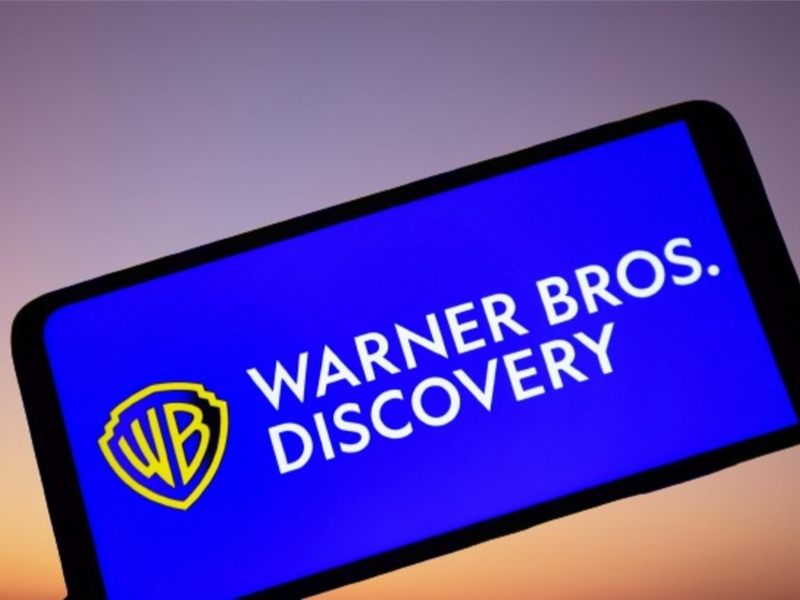- S&P downgraded Warner Bros Discovery’s outlook to “negative,” due to declining cable TV earnings and the risk of losing NBA broadcast rights.
- The company’s deep content library is seen as a key asset in the competitive streaming market, and its strategy to convert this asset base into sustained growth is pivotal.
OUR TAKE
Warner Bros Discovery, a globally recognised media giant, has recently suffered from business development woes. Standard & Poor’s (S&P) reassessment of its outlook reflects the company’s decline in cable television and the risk of losing the NBA broadcasting rights. This change not only has a significant impact on Warner Bros. Discovery’s own financial position and market performance, but also provides insight into trends in the media industry as a whole.
–Elodie Qian, BTW reporter
What happened
Standard & Poor’s (S&P) has revised its outlook for Warner Bros Discovery (WBD.O) from “stable” to “negative”, citing ongoing declines in the company’s cable television business. The move comes as the company may lose the broadcasting rights for National Basketball Association (NBA) games, which could exacerbate existing challenges.
The cable TV sector, which accounts for approximately 50% of Warner Bros Discovery’s revenue, is grappling with a decrease in advertising revenue and a consumer shift towards streaming services. This has led the company to write down the value of its TV assets by a staggering $9.1 billion earlier this month.
On Friday, S&P stated that its outlook is based on the expectation that Warner Bros Discovery’s debt levels will remain high, as the decline in cable TV impacts the company’s capacity to swiftly reduce its debt. Despite this, S&P maintained the company’s “BBB-“ investment-grade credit rating.
As of June 30, Warner Bros Discovery reported a gross debt of $41.4 billion, after repaying $1.8 billion in the second quarter of this year. The potential loss of the NBA’s TV contract post the 2024-2025 season poses an additional risk, as S&P highlighted.
Also read: What is the difference between cable and network TV?
Also read: Dish Network vs. cable: Which offers better value?
Why it’s important
In a significant industry development, the NBA recently awarded broadcasting rights to Walt Disney’s ESPN, Comcast’s NBCUniversal, and Amazon.com, ending a long-standing partnership with Warner Bros Discovery that spanned four decades.
In response to the NBA’s rejection of its bid, which matched Amazon’s offer, Warner Bros Discovery has filed a lawsuit against the league.
The NBA has been a substantial contributor to Warner Bros Discovery’s profits, generating significant advertising revenue across the company’s linear TV portfolio and its streaming service, Max.
Despite these challenges, the company’s direct-to-consumer user base has grown to 103.3 million, supported by the introduction of more affordable ad-supported products and the expansion of Max into new markets.
S&P noted, “WBD’s deep film and TV library … give it the tools to make it a compelling streaming service, and its ability to translate its strong asset base to sustained growth will be key to offsetting linear declines.”
The company’s deep content library is seen as a key asset in the competitive streaming market, and its strategy to convert this asset base into sustained growth is pivotal. As the media landscape continues to evolve, Warner Bros Discovery’s ability to adapt and innovate will determine its future success in the industry.

